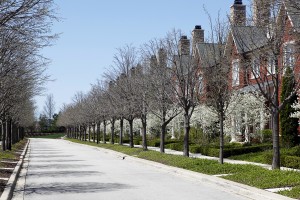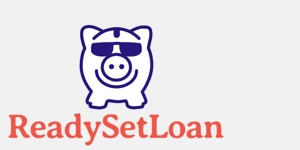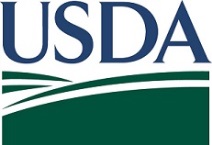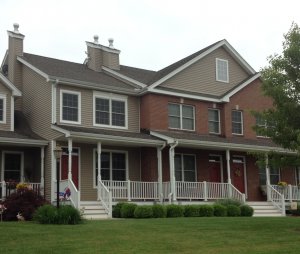 Probably the most under-utilized purchase loans for condominium units are those insured by the USDA. Like the VA and FHA, the USDA Rural Development (RD) program is a home loan insurance that allows the financing of condominium units.
Probably the most under-utilized purchase loans for condominium units are those insured by the USDA. Like the VA and FHA, the USDA Rural Development (RD) program is a home loan insurance that allows the financing of condominium units.
One of the most important criterion for use of this program is that the loans are only available in areas in which the USDA deems to be “rural”. A rural area is one in which the population is 35,000 or less. The USDA does not go by towns, it uses census tracts which can allow use of the RD program in part of a town but not the rest. To know if the condo unit is in an eligible census tract, you can follow this link and click on the Single Family Housing link under Property Eligibility on the left of the page.
The RD program also has maximum income limits for its use and is a computation based on the number of dependents, disabled persons and persons aged 62+ that are living in the household. The calculation also takes into account the county of the property, annual child care expenses and all income earned by adults in the home (not just the borrowers’ incomes). You can use the link above and click Single Family Housing under Income Eligibility and use the worksheet to determine eligibility.
Unlike FHA and the VA, the USDA does not maintain its own approved condominiums list. For a condominium unit to be eligible for RD financing, the project must be on the approved condominiums list of FHA, the VA, Fannie Mae or Freddie Mac.
Where this becomes interesting (at least to me) is when dealing with new construction projects. FHA, the VA and Fannie/Freddie have different pre-sale requirements for new projects and their calculation. FHA has the lowest pre-sale only requiring that 30% of the units be sold or pending sale. Fannie/Freddie have a 50% pre-sale requirement and the VA says that 70% of the total number of units must be sold.
Therefore, for new construction in rural areas, it would make good sense to get approved with FHA to allow the use of the RD program as well. The USDA does not have a maximum RD loan concentration limit; FHA caps its loan concentration in new projects to 50%. Thus, after 30% of the units are sold, 50% can be financed with FHA and the rest with the RD program. This is very important for developers to know when constructing in rural areas.
For more information about USDA’s requirements for condominium projects, you can access the Administrative Notice released by the USDA in 2007. [The form does need some updating with regards to the pre-sale requirement. The percentages that are listed above are accurate as of 4/17/15.]
Or you can contact Eric Boucher at AskEric@readysetloan.com
Top Photo Credit: (c) Can Stock Photo / imphot








 It was also announced that any area that was deemed a Rural area as of 9/30/2014 will remain eligible until 9/30/2014. Currently, only the areas that transitioned from ineligible to eligible are available on the map. The USDA noted that a preview of the complete map (including the areas that will become ineligible) will be available for preview during the summer, ahead of the 9/30/14 changes.
It was also announced that any area that was deemed a Rural area as of 9/30/2014 will remain eligible until 9/30/2014. Currently, only the areas that transitioned from ineligible to eligible are available on the map. The USDA noted that a preview of the complete map (including the areas that will become ineligible) will be available for preview during the summer, ahead of the 9/30/14 changes.